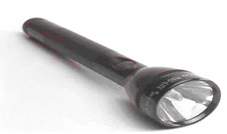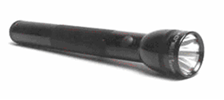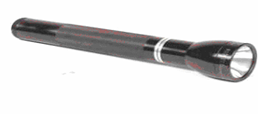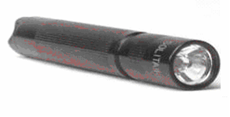(Appeal - Community trade mark - Article 7(1)(b) of Regulation (EC) No 40/94 - Three-dimensional torch shapes - Absolute ground for refusal - Distinctive character)
appellant,
the other party to the proceedings being:Office for Harmonisation in the Internal Market (Trade Marks and Designs), represented by D. Schennen, acting as Agent, defendant at first instance,
THE COURT (Second Chamber),
composed of: C.W.A. Timmermans, President of the Chamber, C. Gulmann, J.-P. Puissochet, J.N. Cunha Rodrigues and F. Macken (Rapporteur), Judges, Advocate General: D. Ruiz-Jarabo Colomer,
Registrar: L. Hewlett, Principal Administrator,having regard to the written procedure and further to the hearing on 5 February 2004,
after hearing the Opinion of the Advocate General at the sitting on 16 March 2004,


 ‘3 C-Cell Mag-Lite’ ‘3 D-Cell Mag-Lite’
‘3 C-Cell Mag-Lite’ ‘3 D-Cell Mag-Lite’
 ‘Mag Charger’ ‘Mini Maglite’
‘Mag Charger’ ‘Mini Maglite’ ‘Solitaire’
‘Solitaire’